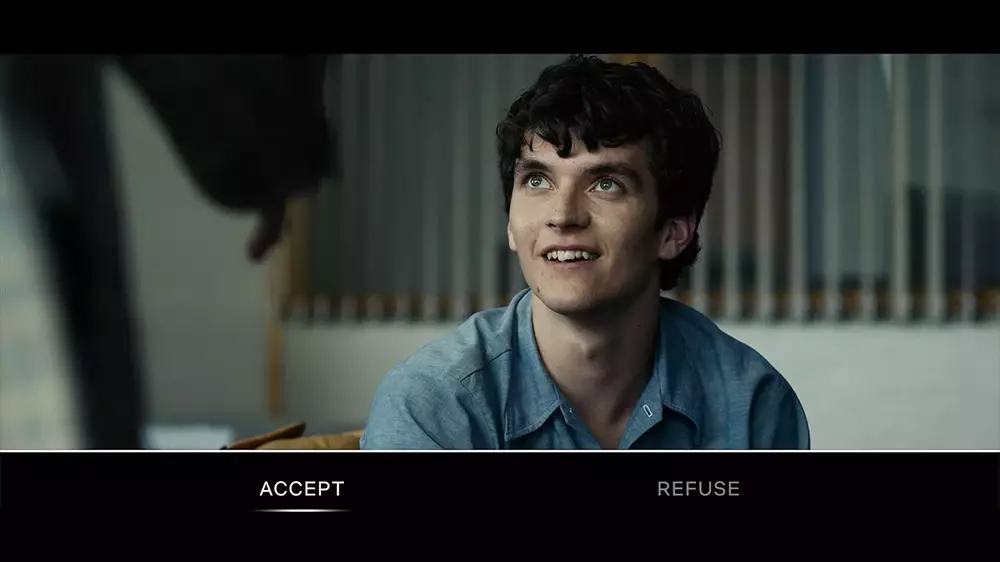The business world has advanced so much that television advertisements are considered to be becoming the most neglected form of marketing campaigns. Since television advertisement had a great influence, it is not expected to be thrown out of the marketing world, but businesses these days do not seem to be entirely depending on them anymore.

As we stepped into a digitalised era a couple of decades ago, businesses are more likely to see a change in their marketing strategies by utilising digitalised solutions. Gamification videos are one of the hot topics that are pretty much in vogue these days across the marketing sector. There is certainly no doubt to the fact that utilising gamification videos, organisations have pulled themselves from the bottom and took their business to dazzling heights.
How Are Brands Benefitting from Gamification Videos?
Gamification is the word on each advertiser's lips. In a nutshell, it is the utilisation of the mechanics of gameplay, for example, competition, rankings and scoring frameworks, to non-gaming settings. These non-gaming settings incorporate territories, for example, learning, training and recruitment.
Every brand is always on carving new and innovative pathways to reach their target audience. However, the consumers have been fed up of traditional online marketing, and this has become more challenging than ever before.
With the increase in digital marketing strategies and tactics, consumers have also become more aware. People know when they are being sold something and can simply wind up feeling irresolute to any type of deals correspondence. This is obviously a stressing circumstance for advertisers searching for better approaches for arriving at their target group.
Enter gamification. Gamification utilises the basic instinct for humans to "play" and has proven to be an excellent technique for brands and advertisers to provide real value to consumers and a positive digital experience, as well as having the benefit of building brand awareness, customer base and profitability.
Here are four benefits of using gamification in your digital marketing strategy:
1. Improve Consumer Engagement
So, we are living in 2020 and individuals' connections to customary types of web-based publicising are evolving. Despite yet being profoundly successful in specific substance in, for example, building brand mindfulness and having a superseding "radiance impact," advertisers are continually searching for progressively viable methods for drawing in their crowds. In a recent study, it has been discovered that a reasonable number of individuals are effectively concealing conventional advertisements using promotion blockers, particularly youngsters. As individuals are moving ceaselessly from conventional publicising and getting progressively emotionless to customary promotions, brands are seeing the need to offer some benefit and develop associations with their clients.
Brands need to perceive the estimation of different touchpoints in the choice excursion. Gamification gives an approach to brands to build relations with their intended interest group and impact their dynamic procedure. In another survey, buyers recently presented to gamification are very open to it. Most of the buyers said they would be bound to purchase from a brand in the event that they delighted in playing a game with it.
Gamification is one of a kind in its capacity to keep the cerebrum immersed and request to individuals' adoration for remunerations, step up and rivalry. An extraordinary case of this is the M&Ms eye spy internet game, which was utilised to advance their new pretzel-enhanced darling. The game was basic in that clients needed to recognise the solitary pretzel. Somewhat like "Where's Wally?" however with M&Ms. Mutual via web-based networking media, the crusade produced more than 25,000 preferences, 6,000 offers and 10,000 remarks. The battle found another method for slicing through the commotion, building mindfulness and connecting with a crowd of people is a totally extraordinary way.
2. Interactive Experiences That Resemble Video Games
Some portion of what makes video games, so addictive is the way that each time you play the game, there's another result. There's a feeling of arbitrariness that is exceptionally addictive. Also, presently marks are beginning to get on this aspect of video games by making new kinds of client encounters dependent on this understanding.
For instance, Domino's has made new application usefulness for individuals utilising their cell phones to arrange pizza. On the off chance that you do not have the foggiest idea what sort of garnishes you'd like on your pizza, you can simply shake your telephone, and the Domino's application will choose some arbitrary fixings for you.
Also, Netflix has begun to make TV appears for kids that are like the "pick your own experience" stories that were well known an age prior. As indicated by Netflix, the thought for these intelligent shows was the knowledge that children were accustomed to playing video games on tablets and needed to have the option to control the story of TV appears similarly. So, prepare for the up and coming age of intuitive video encounters.
3. Increase Brand Awareness
Brands are continually searching for approaches to reach out to their current crowd, new crowds or reconnect with old crowds. Gamified encounters give a chance to buyers to draw in with a brand in a great domain without feeling like the brand is stating "Pick me, Pick me." These connections are expected to give positive affiliations and connections to the client, which will ideally profit in the long haul.
4. Target Generation Z
Gamification is the Perfect Match for 16-24-Year-Olds, individuals from Gen Z are hoping to turn into the greatest gathering of purchasers by 2020. Being the original to be raised with such quick pace innovation including cell phones, tablets and AI, while at the same time having famously limited capacity to focus, advertisers will need to continue pushing the pontoon out to draw in and connect with this age.
Gaming is practically synonymous with this age, so drawing an obvious conclusion is an easy decision. Gamified content gives the specific kind of substance this age is utilised to – scaled-down, visual and exceptionally addictive. Gamification strategies are as of now being utilised by this age in training with applications, for example, Teach Your Monster to Read and Busy Things. Later, this pattern will, without a doubt need to increment after some time.
How Are Brands Utilising Gamification to Build Up Engagement?
Having a look from a very literal perspective, it can be concluded that the use of gamification is mostly for the games, rewards and competitions in order to enhance the online engagement. In a digitalised era, it can be resembled putting a fun toy in the cereal box to provide enthusiasm and gain more customers' engagement.
Brands are adopting many unique methodologies and strategies to build up engagement with the help of gamification. So far, this idea has proved itself to be extremely beneficial for several brands. However, there is always a constant need to make the online gamification more addictive to gain attention and boost up the customer's engagement.
Here are some astonishing gamification techniques that most of the brands utilise in order to enhance customer engagement.
1. Badges and Levels
The simplest method to consider gamification encounters is by intuition as far as identifications and levels. The principal online networking organisation that did this very much was New York-based Foursquare, which assisted with making the entire gamification pattern. By checking in more than once to a specific area, you could increase new experience identifications. Furthermore, on the off chance that you looked into an area more than any other person; you become "mayor" of that area.
From that point forward, this thought of "identification esteem" has been reached out from multiple points of view, and particularly through client steadfastness programs. Sometimes, identifications earned online can be utilised to improve one's remaining in a disconnected client dedication program (for example, moving from Silver to Gold status). It's an acknowledgement of the way that there are more approaches to demonstrate dependability to an organisation than basically making a great deal of costly buys – turning into a hero online commentator of items can mean a ton, as well.
2. Maintain Consumer Relationships
Something frequently overlooked among brands is that connections should be commonly valuable between the brand and their clients. A truly energising open door managed by gamification is the capacity to remunerate buyers for their dedication, commitment and sharing the brand's message in a fun and charming way.
Building associations with an intended interest group can be accomplished utilising gamification procedures in various manners including,
- Loyalty Programs for example rewards, identifications and focuses
- Friendly Competitions, for example, Quiz with Cinema8
- Personalised content, for example, Customised games dependent on client information
- Fun Onboarding Games, for example, American Army Recruitment
- Leader-boards
- Puzzle Games, for example, Cinema8 puzzle game
Starbucks has become a genuine innovator as far as devotion programs, offering intuitive highlights and rewards that are anything but difficult to reclaim. The way to progress lies in the way that the application gives a special and useful experience to clients where clients gain stars, with the more stars earned, the more rewards. Gamification at its best.
3. The Ability To Unlock Bonuses and Rewards
In any video game, the objective is to get to the following level by achieving a specific number of errands or piling on a specific number of focuses. At the point when you do as such, you get rewards and rewards. You may get another title or another position also.
What's more, presently, marks are making similar kinds of encounters. In any event, something as straightforward as requesting that client’s notice a brand via web-based networking media can be "gamified." All you need to do is give rewards and prizes to individuals who can allude a great many people inside a specific time span. This assumes the nature of a video game, in which you are contending with different players to get prizes or rewards.
With each new internet-based life stage or channel, there are better approaches to utilise gamification. After the breakout achievement of Pokémon GO in summer 2016, for instance, brands started to investigate approaches to utilise increased reality (AR) as an approach to manufacture online commitment.
What's more, that example will just proceed, particularly given the fame of video games and different types of easy-going gaming in mainstream society today. From that point of view, gamification isn't a pattern or a prevailing fashion – it's a method to take advantage of the social zeitgeist.
Lets have a look more examples of gamification, with Cinema8 interactive video platform.
